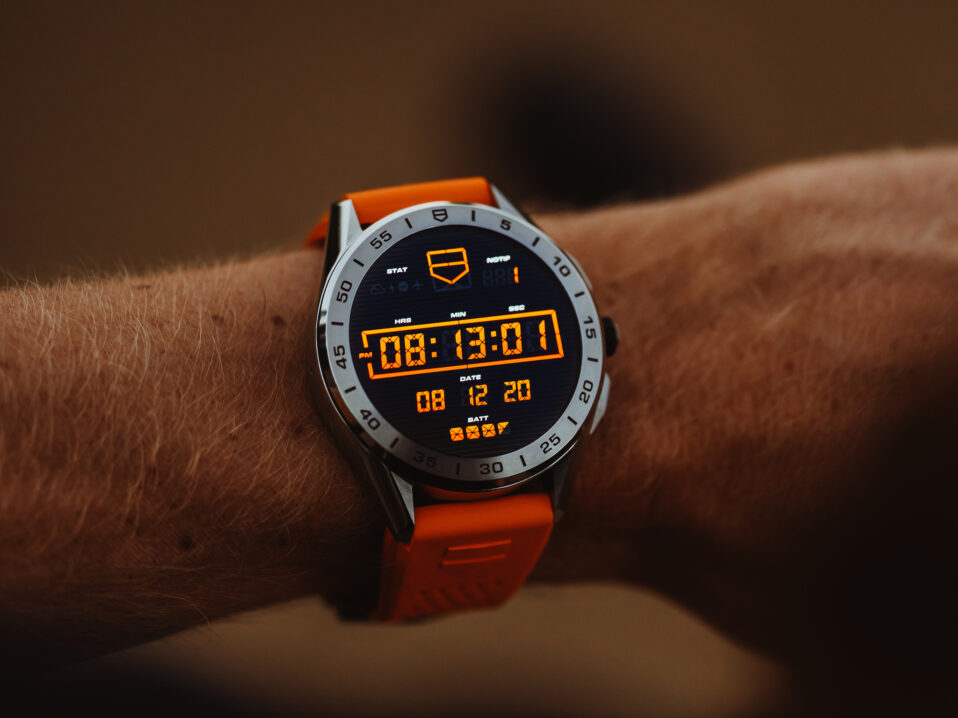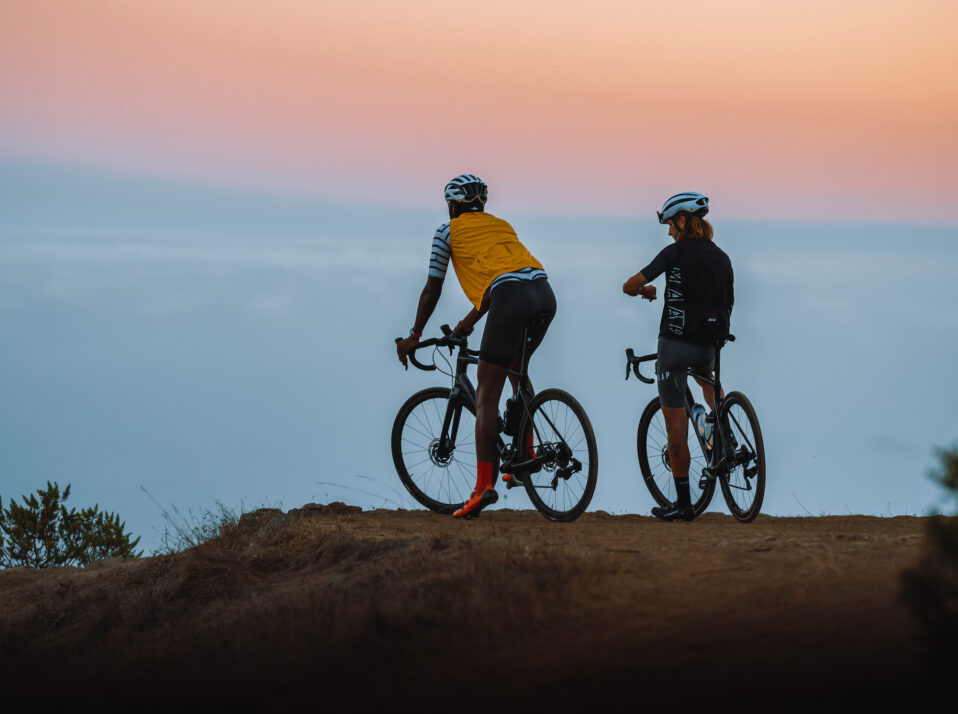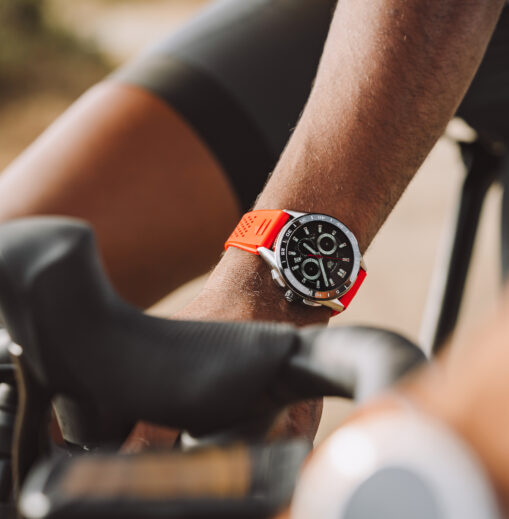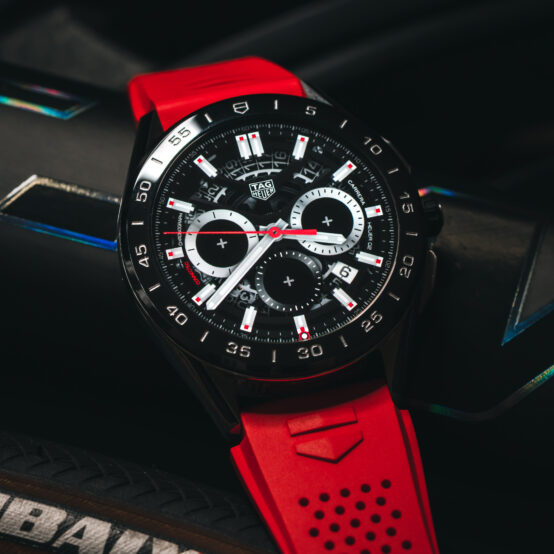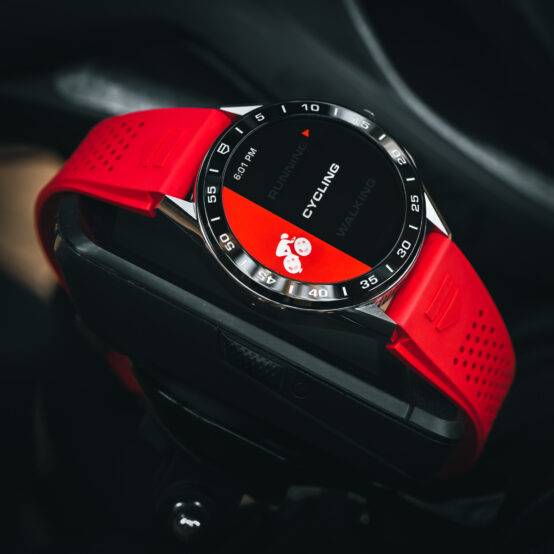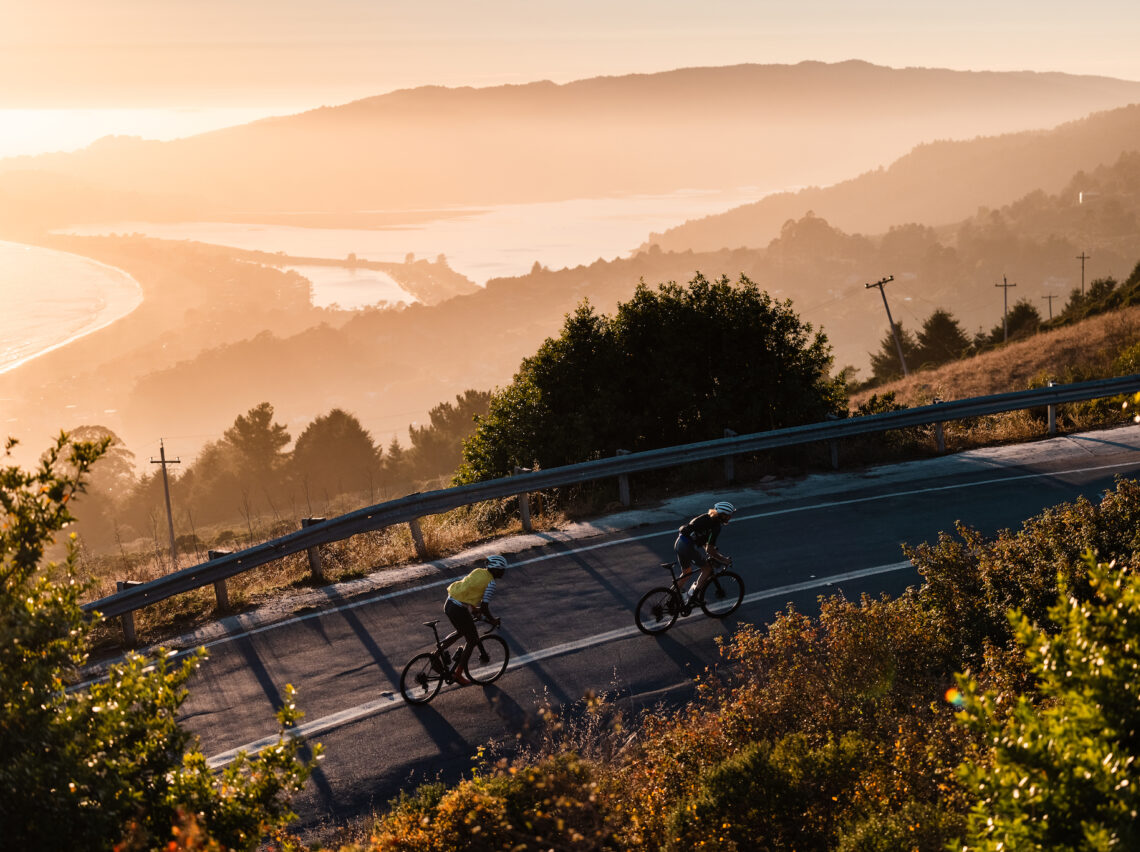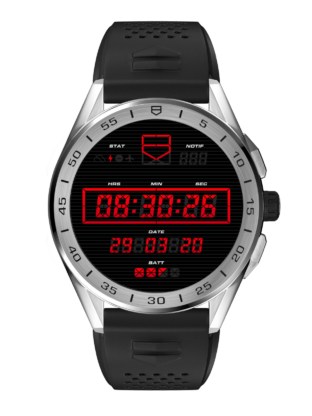FEATURED STORY
It’s Wednesday night,
the summer’s last.
If it were any other midweek evening in 2019, we’d be lining up for Northern California’s brutally hard “Col du Pantoll” ride. But it’s 2020 and the world we once knew has been changed forever. The legendary weekly group ride is no more. In its place, we have an empty, undulating coastal stretch of Highway 1, and the TAG Heuer Connected on the wrist. We’re here not to race our fellow man, but to beat the ghosts of yesterday.
The ride would begin as it did every week – from the parking lot of Mike’s Bikes in Sausalito. Around 90 minutes later, it would conclude here too – but for most of us, those 90 minutes would be all but an eternity.
The rollout was always neutral – and for the ride’s first twenty minutes, a two-abreast, conversational pace dictated the column, some 50 or 60 riders strong. At the tip of a the spear, a California Highway Patrol motorcycle leads the way as we snake through traffic, out of Marin City and into the foothills above Tam Junction.
COL
/käl/ noun
• The lowest point of a ridge or saddle between two peaks, typically affording a pass from one side of a mountain range to another.
Origin: mid 19th century, from French, literally ‘neck,’ from Latin collum. In cycling culture, Col du Tourmalet (elevation 2,115m // 6,939 ft) is the highest paved mountain pass in the French Pyrenees, and a regular fixture of the Tour de France.
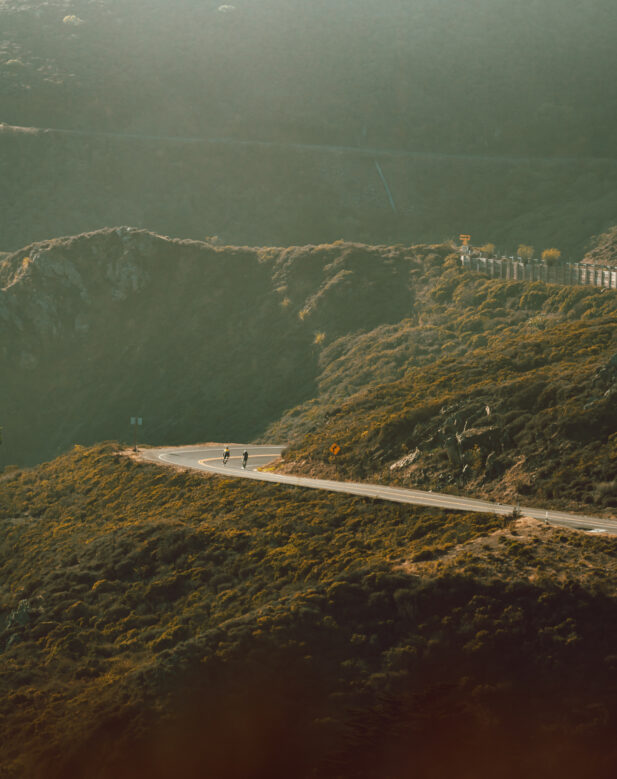
A fast, twisted descent to Muir beach cools the warmed legs. Vests unzipped on the neutral climb flutter in the wind as the column’s elastic stretches to its absolute limits, undulating in time with each sweeping turn as we plummet toward the ocean.
The road flattens as we scream past the famed Pelican Inn at 40 miles-per-hour, jockeying for position at the front of the column. Our CHP escort peels off, job done. It’s time to race.
Suddenly, the road pitches skyward. The riders steel themselves, falling silent amidst the the buzz and clatter of shifting chains – each a desperate scramble to find an easier gear as the gradient intensifies and the pace increases.
The attacks come almost immediately. Newcomers and pretenders find themselves out of their element at the front, and are quickly dispatched off the back with each response to the surge.
A two-man break quickly escapes, flying up the road even as the steep gradients hold the rest of us back. Despite the odds, a defiant chase forms in protest. We crest the Muir Beach climb, gulping in the salty late-afternoon air.
As our reduced group charges across the asphalt spine towards Steep Ravine, we are paced by a formation of gray pelicans, the graceful, v-shaped pod gliding at ease just below the cliff but high above the rocky shoreline.
There is no sound, the weight of each breath muted by screaming wind, and the shrill symphony of freehubs, buzzing down Highway 1 towards the sleepy town of Stinson Beach. Forty-five, no, fifty miles-per-hour.

As defined in the official Strava segment, the “Col du Pantoll” (or “CDP” as the ride is affectionately called) is a breathtaking roller coaster ride taking shape aboard Marin County’s famed Mt. Tamalpais, which rises some 2,500 feet out of the Pacific Ocean. From the eastern junction of Pantoll Highway and California’s famed Highway 1, it deposits its passengers at the Pantoll Ranger Station some ten miles later and nearly 1,500 feet above. In this short but arduous stretch of road, riders will contend with leg-breaking climbs and eye-watering descents, as well as dense fog and searing heat – typical from the many microclimates that punctuate a Northern California summer.
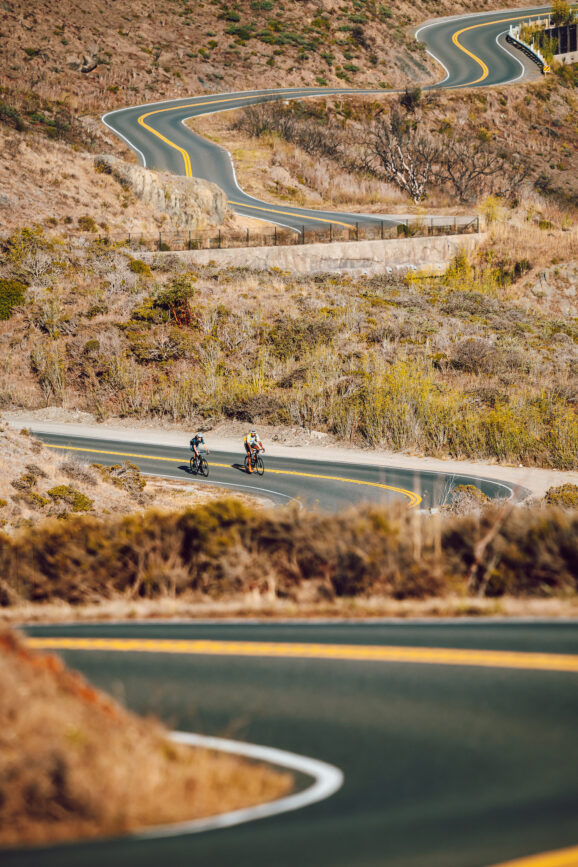


The rush of the descent comes to an abrupt end with a hard right turn just above the Stinson Beach fire department. The road kicks up for a final time, but it’s here where the race will be decided. It’s here on these next few pitches where the break will either be caught or it will make its perfectly timed escape. Frantically, we form up, looking for fast wheels to follow. A dusty-colored coyote saunters out of the road and into the yellow bramble overlooking the sea.
Any cyclist who’s ever raced a bike knows these decisive moments on the rivet. The narrowed vision. The heartbeat thumping in ears. The screaming legs. But in suffering there is clarity, so you persist. You hold the wheel in front of you as though the fate of the summer rests on each pedal stroke. 170. 175. 180. 183 heartbeats per minute, you’re nearing your maximum.
It’s here where the lights go out.
Quite literally, and also figuratively. For riders who’ve been in the “pain cave” for the full duration of the CDP, when there’s simply nothing left to give, it’s here that the ripcord is pulled. Detonation. A white flag. It’s officially the worst night of the week.
But it’s also here where we are swallowed up by giant coastal redwoods as the westward-facing pitches of Panoramic Highway road, warm and sun-bleached in the day’s last light, enter the forest. The gradient relents, but only just. Riders in contention form up once more, and surge again with whatever’s left in the tank. Everyone else just tries to hold the wheel of the rider in front of them. If you’re lucky enough to have caught a wheel, you can save your energy for a final sprint in the last switchback below Pantoll Station. If you’ve not played your cards correctly and find yourself pedaling squares off the back, it’s a long, slow drag to the top. It is eerily silent in the forest, with only the sound of your heart thumping in your ears to keep you company.
And then, just like that, it’s over. The road flattens at Pantoll Station. Your vision widens as the heart rate slows. You ride through the campground for one last look at the sun as it slips below the fog and back into the Pacific. It’s the best night of the week.
